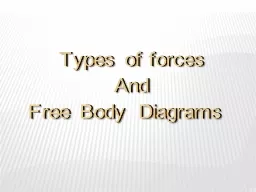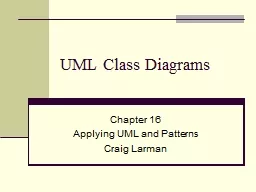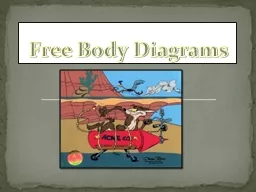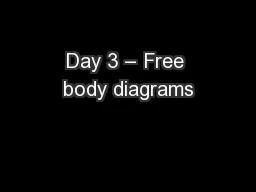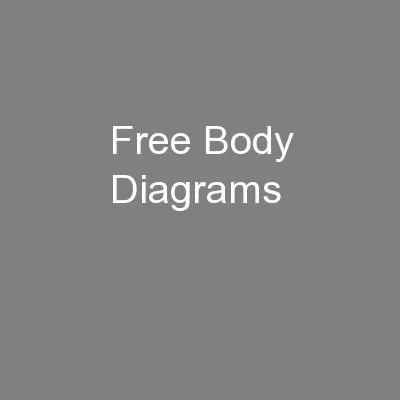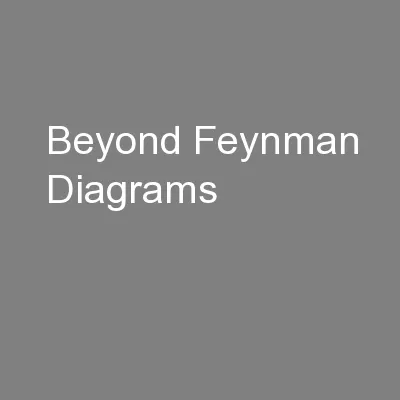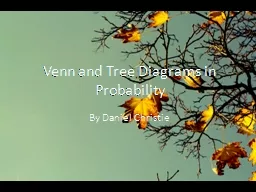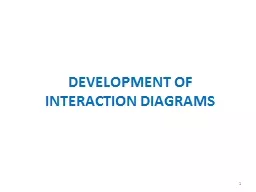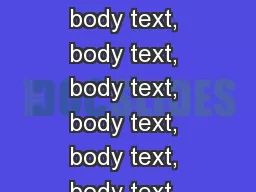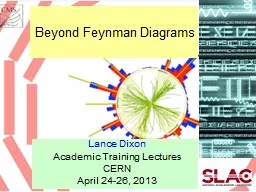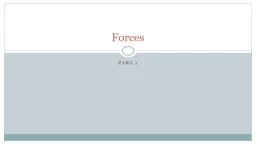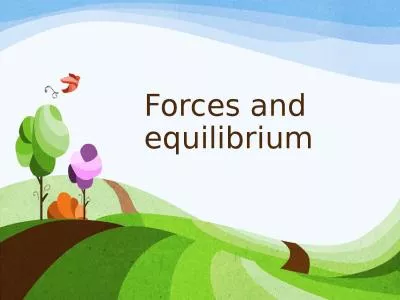PPT-T ypes of forces And Free Body Diagrams
Author : phoebe-click | Published Date : 2018-11-09
What types of forces do you already know Different types of forces Forces are usually divided into two types C ontact forces occur because of physical contact
Presentation Embed Code
Download Presentation
Download Presentation The PPT/PDF document "T ypes of forces And Free Body Diagram..." is the property of its rightful owner. Permission is granted to download and print the materials on this website for personal, non-commercial use only, and to display it on your personal computer provided you do not modify the materials and that you retain all copyright notices contained in the materials. By downloading content from our website, you accept the terms of this agreement.
T ypes of forces And Free Body Diagrams: Transcript
Download Rules Of Document
"T ypes of forces And Free Body Diagrams"The content belongs to its owner. You may download and print it for personal use, without modification, and keep all copyright notices. By downloading, you agree to these terms.
Related Documents

